
The 32-Pounder of 32 Hundredweight at Petersburg
A 32-Pounder of 32 Hundredweight of the type manufactured for the US Navy beginning in 1846 for use as the main battery aboard smaller sloops is displayed at Petersburg National Battlefield. The 32-Pounder of 32 Hundredweight is a chambered cannon - meaning the chamber in the barrel where the propellant charge is placed is of smaller diameter than the 6.4-Inch diameter of the main portion of the barrel.
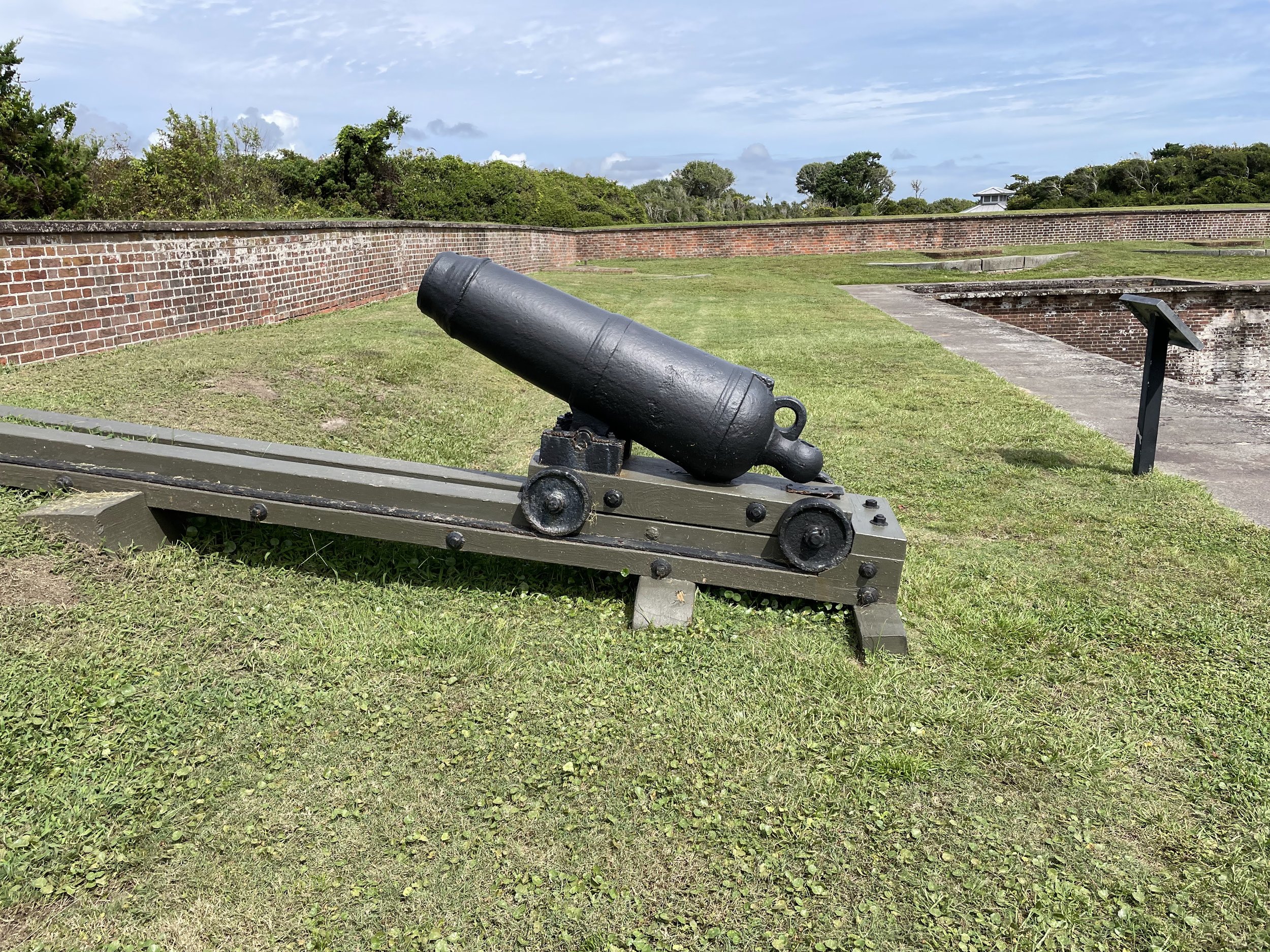
The 32-Pounder Carronade at Fort Macon
A carronade cast for the US Navy in 1820 and carried aboard the ship of the line USS Columbus is displayed at Fort Macon on Bogue Banks near Beaufort, North Carolina. The carronade represents the six carronades shipped from the Gosport Navy Yard in 1861 to be mounted for flank defense in the counterfire galleries of the fort. The six carronades ended up being used for high angle fire during the Siege of Fort Macon in 1862.
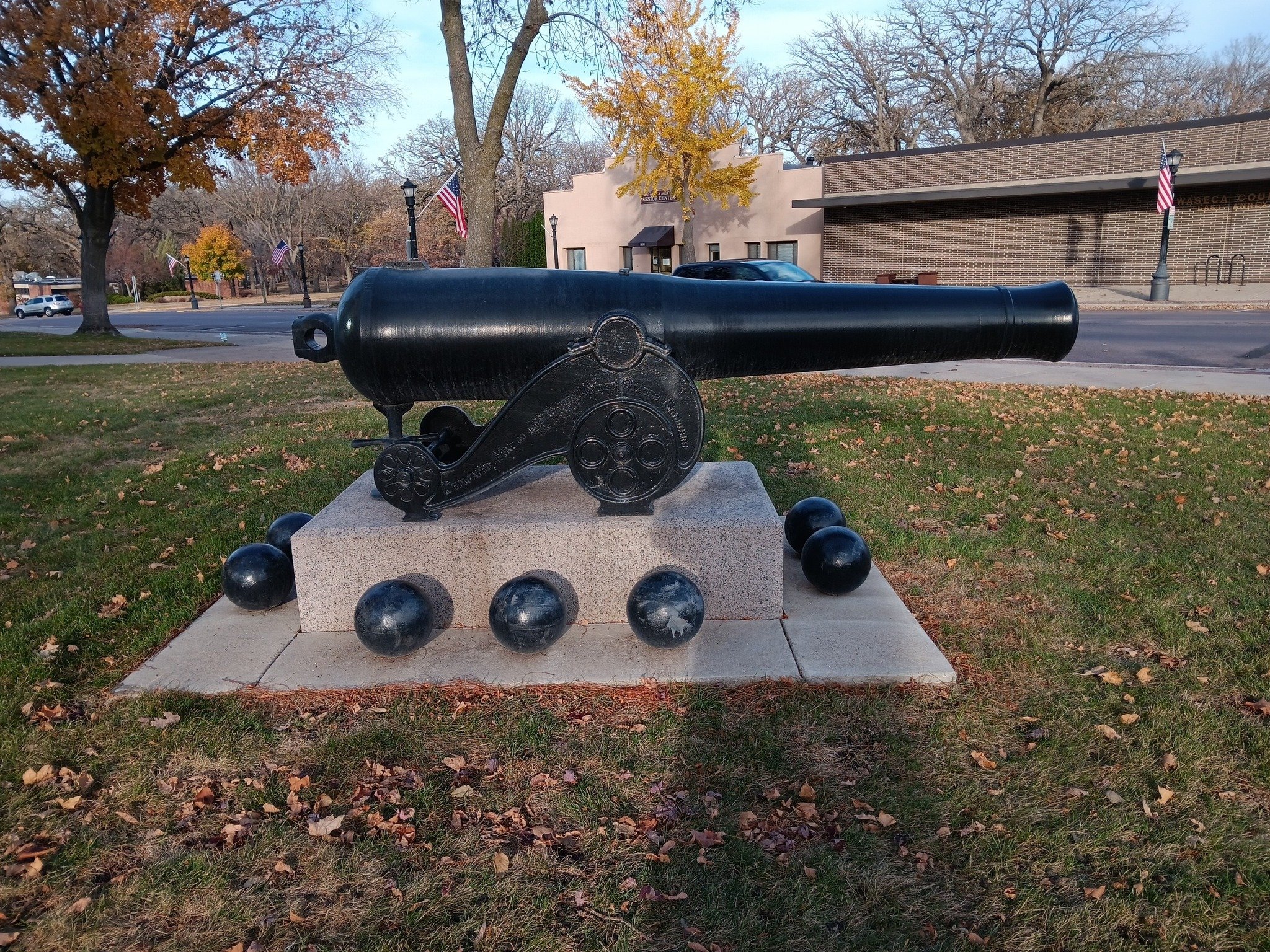
The 32-Pounder of 51 Hundredweight in Waseca, Minnesota
A 32-Pounder of 51 Hundredweight is displayed in Waseca, Minnesota. This type of cannon was used a chase gun on the upper decks of heavy frigates and ships of the line of the United States Navy prior to the American Civil War.
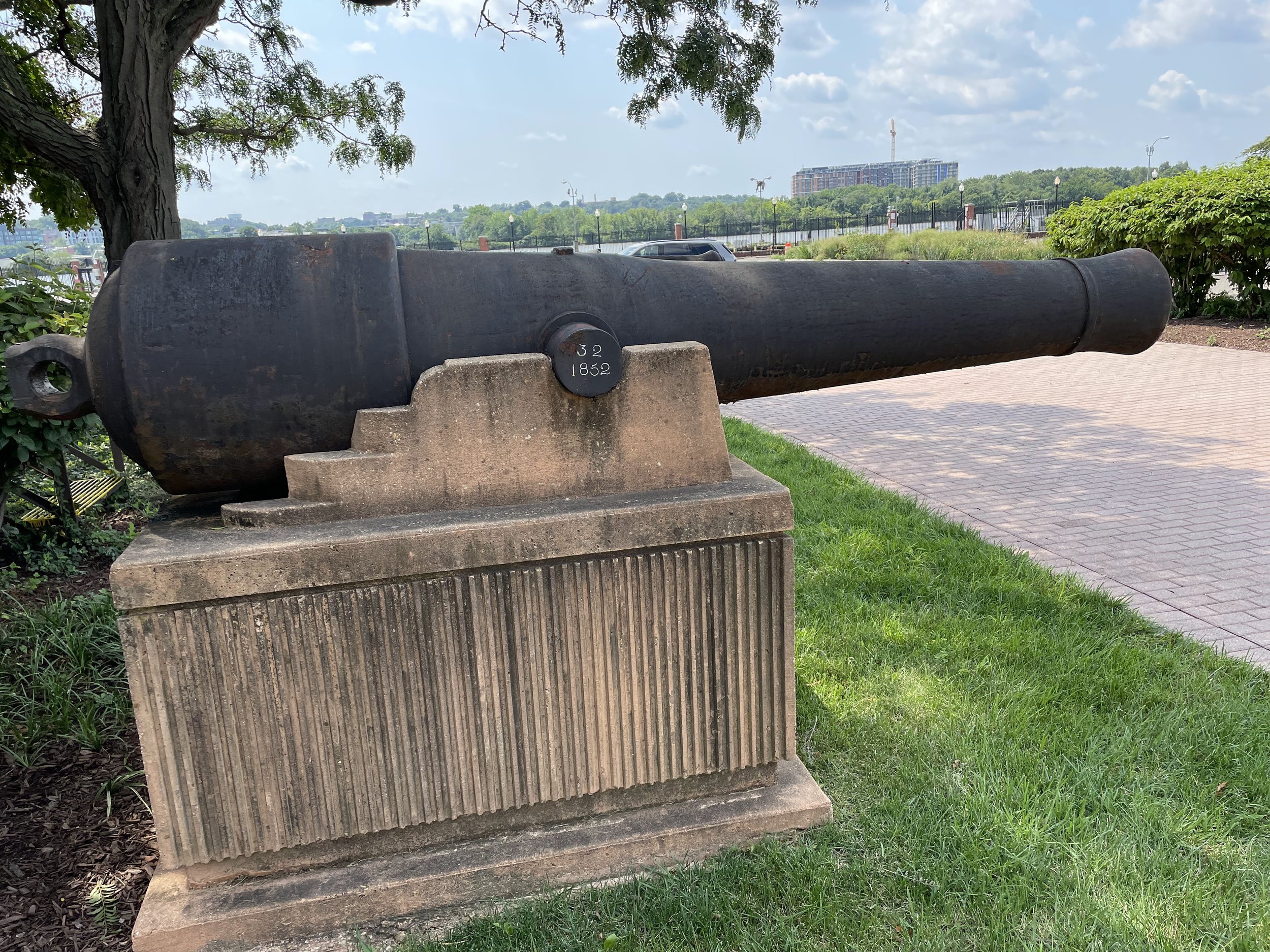
32-Pounder Rifle of CSS Teaser - Then and Now
A 32-Pounder of 57 Hundredweight which was banded and rifled by the Confederates is preserved as a trophy at the Washington Navy Yard. This cannon was captured aboard the converted tug boat CSS Teaser. The cannon was photographed after CSS Teaser's capture - allowing a "then and now" look at the cannon as well as the cannon's carriage, sights, and other accessories.
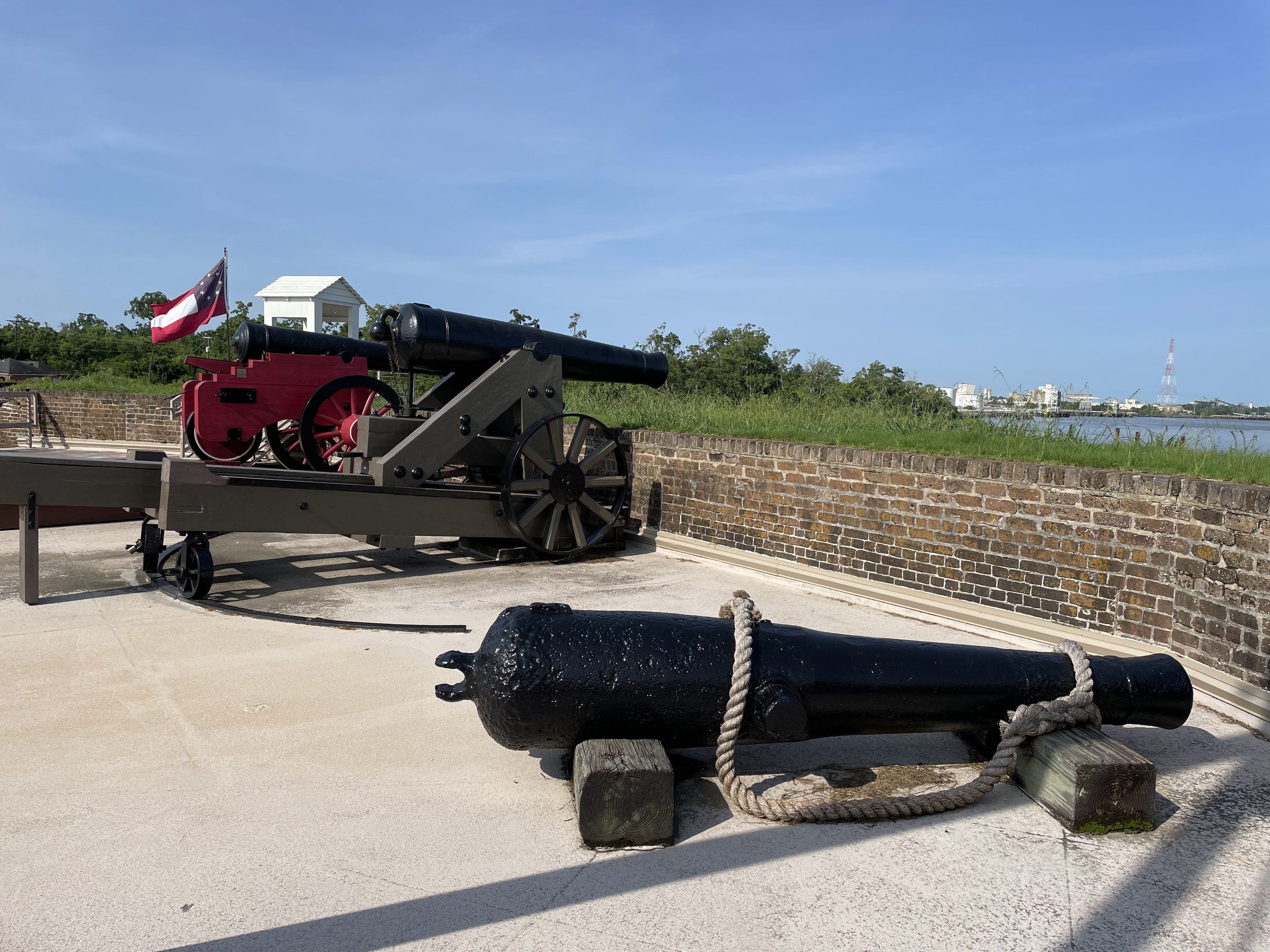
The Naval Guns of Old Fort Jackson
Old Fort Jackson near Savannah, Georgia displays several cannon which were manufactured for and used by the US Navy in the years before the American Civil War.

32-Pounder Rifle of CSS Georgia
A 32-Pounder of 57 Hundredweight, banded and rifled by the Confederates, is displayed at Old Fort Jackson near Savannah, Georgia. This cannon was raised from the wreck of CSS Georgia in 1984.
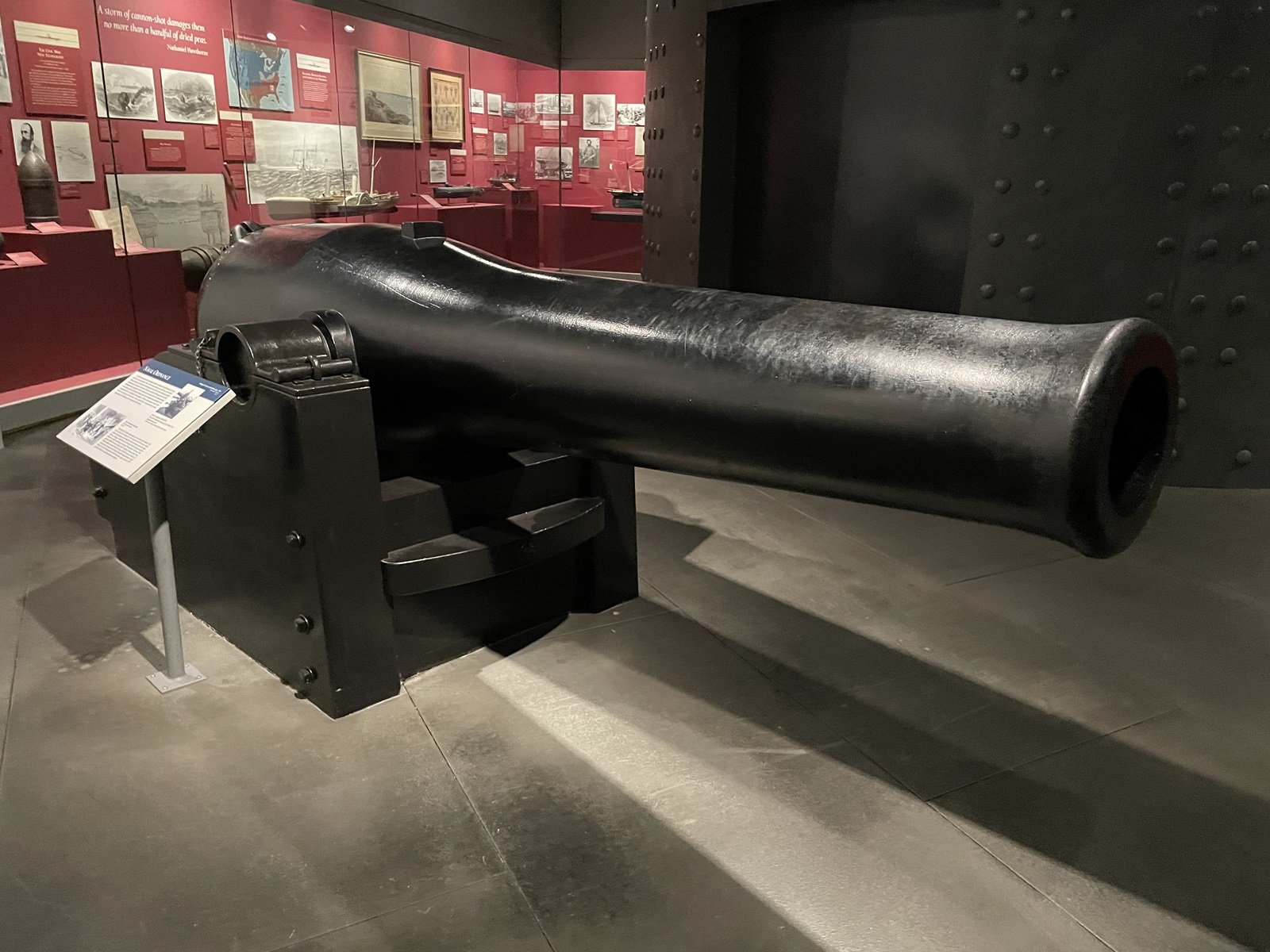
9-Inch Dahlgrens of the Mariners’ Museum
Two 9-Inch Dahlgren guns are on display at the Mariners’ Museum in Newport News, Virginia. One was aboard CSS Virginia in her battle with USS Cumberland. The other served aboard USS Richmond.

The 32-Pounders of Fort Fisher
Three United States Navy 32-Pounders are on display at Fort Fisher. These guns illustrate the kind of ordinance in naval use prior to the Civil War and the ways in which these guns were used by North and South during the war.